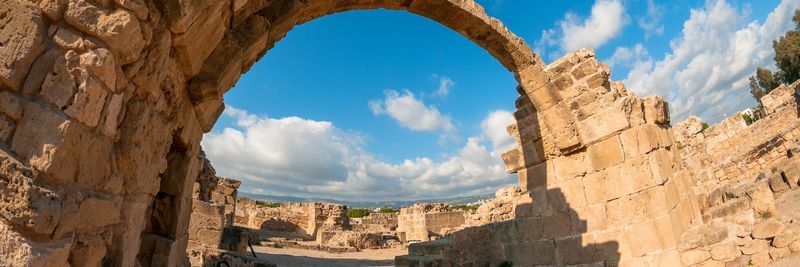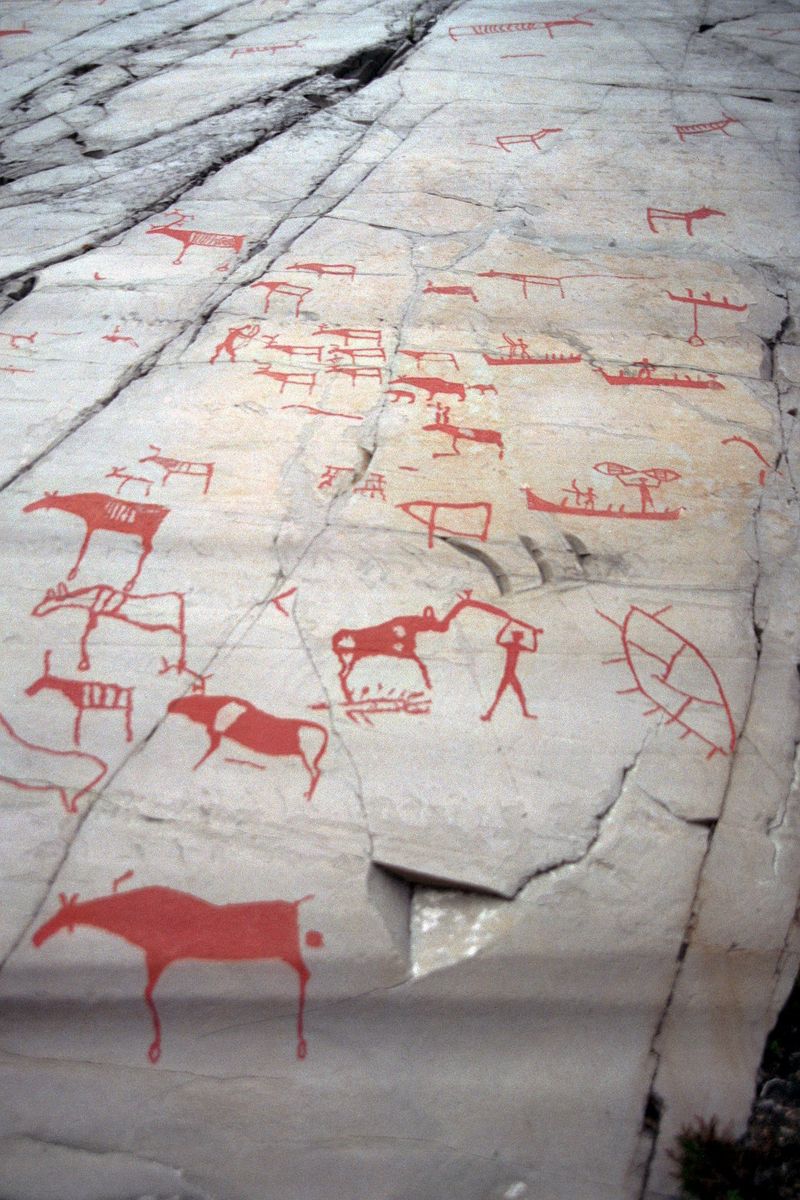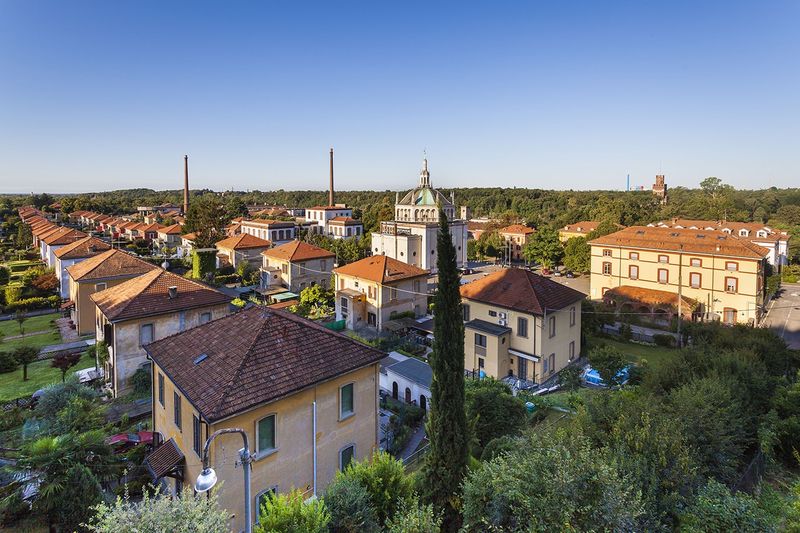Europe is home to countless UNESCO World Heritage Sites, each with its own rich history and cultural significance. While many of these sites are well-known tourist destinations, there are several hidden gems waiting to be discovered. In this blog post, we explore seven lesser-known UNESCO sites across Europe that offer unique insights into the continent’s diverse heritage.
Rietveld Schröder House, Netherlands

Nestled in the city of Utrecht, the Rietveld Schröder House stands as a testament to modernist architecture. Designed by Gerrit Rietveld in 1924, this house breaks away from traditional styles with its use of primary colors and clean lines.
The open spaces and innovative use of sliding panels offer a glimpse into a revolutionary architectural vision. This structure was created for Mrs. Schröder, who desired a home free from the constraints of conventional design.
Visiting this site provides insight into the early 20th-century avant-garde movement that challenged norms and embraced creativity.
Plantin-Moretus Museum, Belgium

In the heart of Antwerp lies the Plantin-Moretus Museum, a treasure trove of printing and publishing history. Once the home and workshop of the Plantin and Moretus families, it houses some of the oldest printing presses in the world.
Walking through its halls, visitors can almost hear the rhythmic clatter of presses and smell the ink lingering in the air. The museum’s collection of rare books and manuscripts continues to captivate bibliophiles and history enthusiasts alike.
This site provides a unique glimpse into the evolution of the written word from the Renaissance era.
Paphos Archaeological Site, Cyprus

On the sun-kissed island of Cyprus, the Paphos Archaeological Site offers a fascinating look into ancient Greek and Roman life. With its stunning mosaics depicting tales from Greek mythology, this site is a visual delight.
The House of Dionysus, in particular, showcases intricate designs that have survived through centuries, narrating stories of gods and mortals.
Exploring Paphos is like stepping back in time, where every stone and mosaic tells a tale of a bygone era, enriching our understanding of ancient cultures that once thrived here.
Białowieża Forest, Poland/Belarus

Straddling the border between Poland and Belarus, the Białowieża Forest is one of the last and largest remaining parts of the immense primeval forest that once spread across the European Plain.
This ancient woodland is home to the European bison, a symbol of conservation efforts in Europe. Walking through its dense canopy feels like entering a different world where nature reigns supreme.
For nature lovers, the forest offers a serene escape and a chance to witness biodiversity in its most untouched form, echoing the harmony of ecosystems past.
Alta Rock Carvings, Norway

In the far north of Norway, the Alta Rock Carvings reveal stories from the dawn of human civilization. These prehistoric engravings, dating back thousands of years, depict scenes of hunting, gathering, and ceremonial rites.
The carvings provide invaluable insights into the lives and beliefs of the early people who inhabited this region. Set against the stark beauty of the Norwegian landscape, the site invites reflection on human history and connection to nature.
Preserving these carvings helps us appreciate the artistic expressions of our ancestors and their relationship with the environment.
Crespi d’Adda, Italy

In the picturesque Lombardy region of Italy, Crespi d’Adda stands as a unique example of a 19th-century workers’ village. Founded by the Crespi family, this site illustrates the ideal of a harmonious community designed around a textile factory.
The uniform architecture, comprising red brick houses and community facilities, reflects the social ideals of the Industrial Revolution. It emphasizes the importance of workers’ welfare and community spirit.
Crespi d’Adda remains a living museum, illustrating the interplay between industry, architecture, and community living during a transformative era.
Curonian Spit, Lithuania/Russia

Stretching between Lithuania and Russia, the Curonian Spit is a mesmerizing natural wonder. This narrow sand dune peninsula boasts diverse landscapes, from dense pine forests to golden beaches, offering endless exploration opportunities.
The spit is also home to quaint fishing villages, where traditional wooden architecture reflects the area’s rich cultural heritage. Its ever-changing vistas captivate those who venture here.
This UNESCO site highlights the delicate balance between human habitation and nature, showcasing the resilience of ecosystems in the face of natural elements.

Leave a Reply